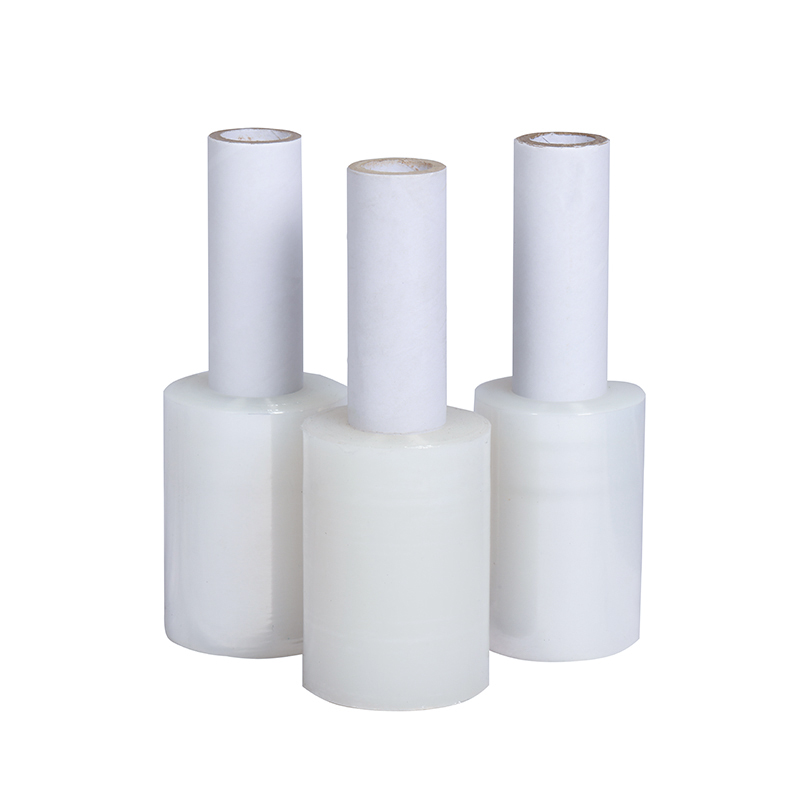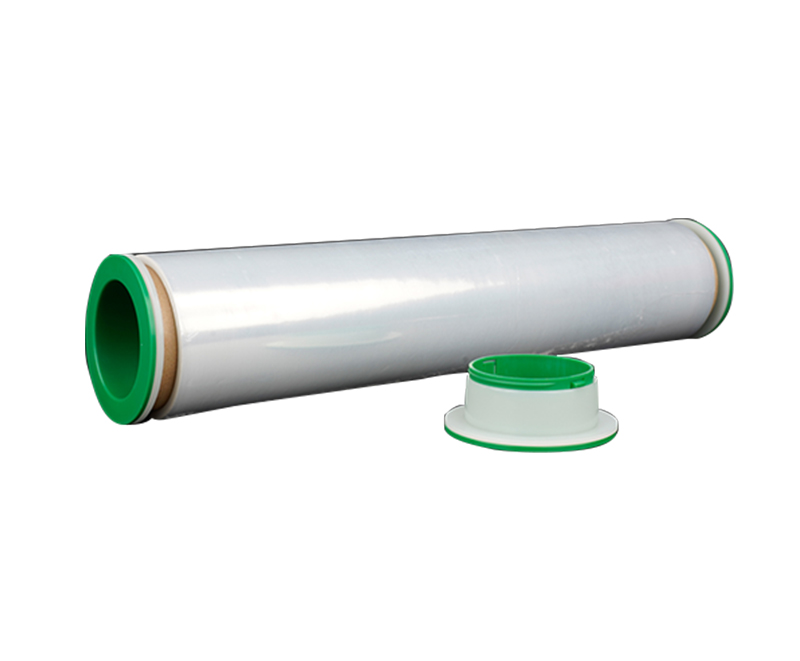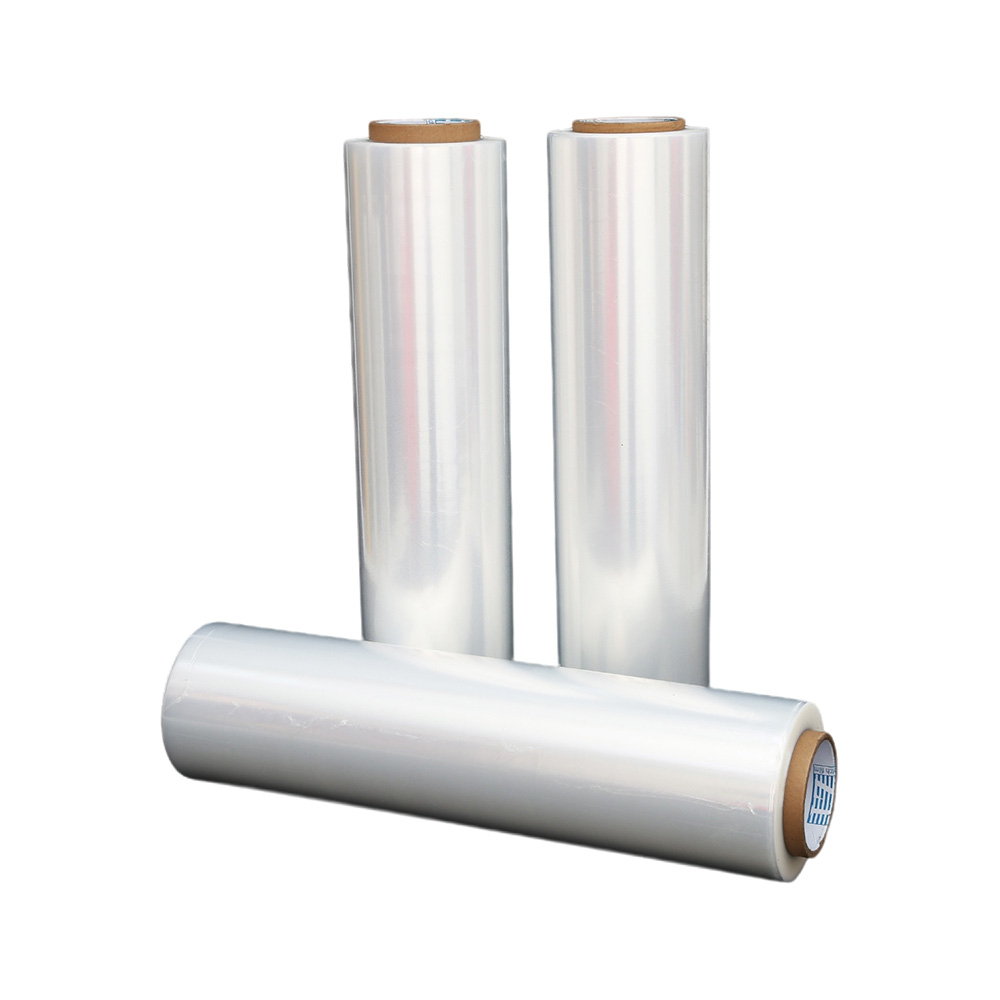Is Stretch Wrap Sticky? Everything You Need to Know
Source:Is Stretch Wrap Sticky? Everything You Need to KnowTime:2025-01-20Visitors:
Stretch wrap is a highly versatile packaging solution used across various industries for securing, stabilizing, and protecting products. However, a common question that arises is: Is stretch wrap sticky? In this article, we’ll dive into the properties of stretch wrap, explain why it clings to surfaces, and provide practical tips on how to use it effectively.
Introduction: What is Stretch Wrap?
Stretch wrap, also known as stretch film, is a flexible plastic material made primarily from linear low-density polyethylene (LLDPE). It is used for bundling, securing, and protecting items during transport and storage. Stretch wrap is renowned for its ability to keep goods together, shield them from dust and moisture, and prevent shifting during transit.
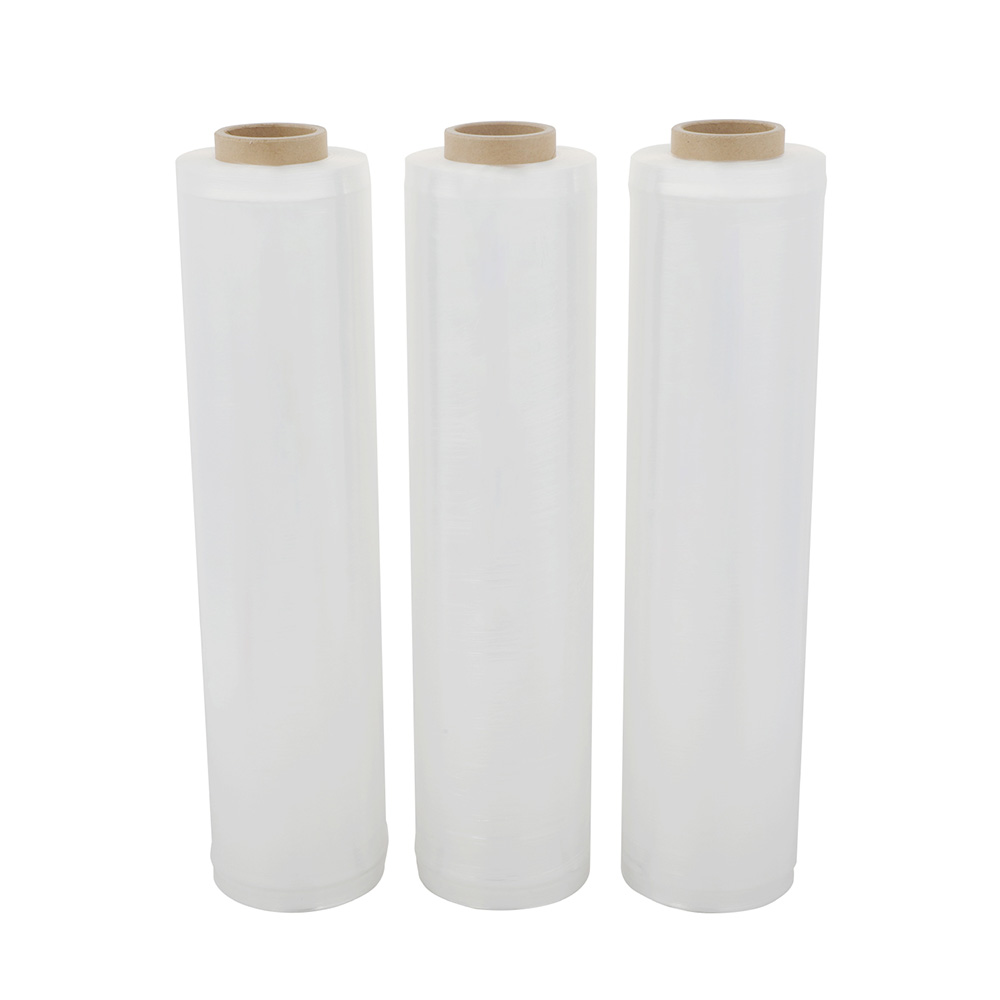
Unlike adhesive-based materials like tape, stretch wrap does not have a traditional sticky surface. Instead, it uses other properties to cling effectively to surfaces. Let’s explore how this works.
How Does Stretch Wrap Cling?
While stretch wrap may seem "sticky," it doesn’t rely on glue to adhere. Instead, it sticks to itself or to items through a combination of factors:
1. Tack Additives
During the manufacturing process, tack additives are included in the stretch film formulation. These additives provide a slight stickiness, allowing the film to adhere to itself without leaving behind a residue like adhesive would. This tackiness is minimal and designed to keep the film layers in place.
2. Electrostatic Charges
Stretch wrap can accumulate a small electrostatic charge as it unrolls, causing it to attract itself. While this is not the main reason it clings, static electricity can enhance the cohesive properties of the film.
3. Elasticity and Tension
Stretch wrap’s elasticity plays a major role in its cling properties. As the film is stretched around an item, it naturally tightens, creating a secure bond with itself. This tension is key to achieving a snug and firm wrap without the need for strong adhesives.
Is Stretch Wrap Sticky to the Touch?
One of the most common misconceptions is that stretch wrap feels sticky when touched. In reality, high-quality stretch wrap is not overtly sticky like tape or glue. If you run your fingers across the surface, you’ll feel slight tackiness, especially when the layers overlap. However, this tackiness is not strong enough to leave behind residue on products or surfaces.
Some stretch wraps have one-sided cling (with one side more tacky than the other), while others feature two-sided cling. But neither should feel like a traditional adhesive product.
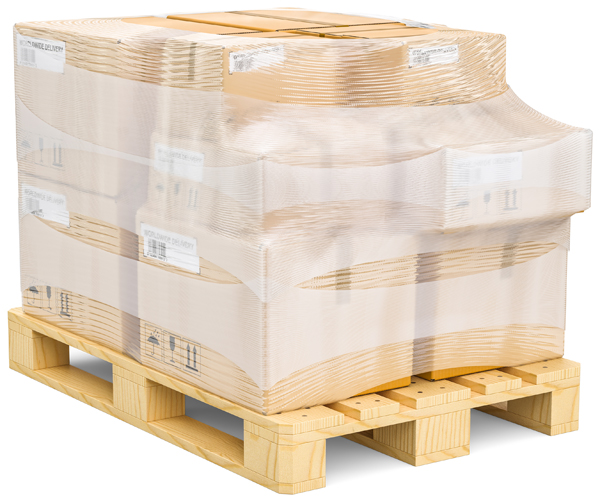
Tips for Using Stretch Wrap
To get the most out of your stretch wrap, follow these best practices for proper application and storage.
1. Proper Storage
To maintain its effectiveness, store stretch wrap in a cool, dry place away from direct sunlight or high heat. Exposure to extreme conditions can affect the film’s elasticity, reducing its ability to cling properly.
2. Application Technique
For optimal results, stretch the film tightly around items, ensuring each layer overlaps slightly. The more tension you apply, the more securely the film will cling to itself. Using a stretch film handle can simplify the process, offering greater control and speed when wrapping.
3. Choose the Right Gauge
Select the appropriate film thickness based on your needs. Thicker films are ideal for heavy or irregularly shaped items, while thinner films are sufficient for lighter, more uniform products.
4. Practice Makes Perfect
While wrapping may seem straightforward, getting the right tension and coverage takes practice. Overstretching can lead to tearing, while too little tension may result in insufficient stability. Experiment to find the right balance for your packaging needs.
About Dongguan Zhiteng Plastic Product Co., Ltd.
At Dongguan Zhiteng Plastic Product Co., Ltd., we specialize in high-quality stretch films and other plastic packaging solutions. Since 2001, we’ve been committed to using advanced technology and expert craftsmanship to create packaging materials that meet international standards. Our dedication to quality, sustainability, and customer satisfaction makes us a trusted partner for businesses around the world.
Conclusion: Understanding Stretch Wrap's Clinginess
While stretch wrap may seem sticky, it doesn’t use traditional adhesives like tape or glue. Instead, its cling comes from a combination of tack additives, electrostatic charges, and its inherent elasticity. By understanding how stretch wrap works and following the best practices for storage and application, you can maximize its effectiveness in your packaging operations.
If you’re looking for high-quality stretch films or other packaging solutions, Dongguan Zhiteng Plastic Product Co., Ltd. offers a variety of options to meet your specific needs. We’re here to help streamline your packaging processes and protect your products with efficiency.Recommended Products
Ranked in the same article
- how to use the stretch film technology to r
- How can we get detailed price list?
- Five common quality problems of PE protecti
- Plastic film degradation
- How to guarantee punctual shipment for our
- Gauge to Micron and Millimetre Conversion G
- What is the difference between stretch film
- Testing the permeability of stretch film
- Stretch film temperature requirements
- Electrical wire film VS electrostatic film
- Why insufficient transparency of stretch w
Latest news articles
- How can PE stretch film be cut better?
- Factors affecting viscosity of PE stretch f
- How to check the quality of PE stretch film
- Advantages of white engineering film
- The 133rd Spring Canton Fair
- Bundling Stretch Film: Optimize Your Packag
- The Ultimate Guide to Choosing the Right Ma
- The significance of using PE electric wire
- What is the Difference Between Magic Tape a
- What Properties Ensure Effective Cold Chain
- Stretch Film Wrap: Unraveling Its Benefits

